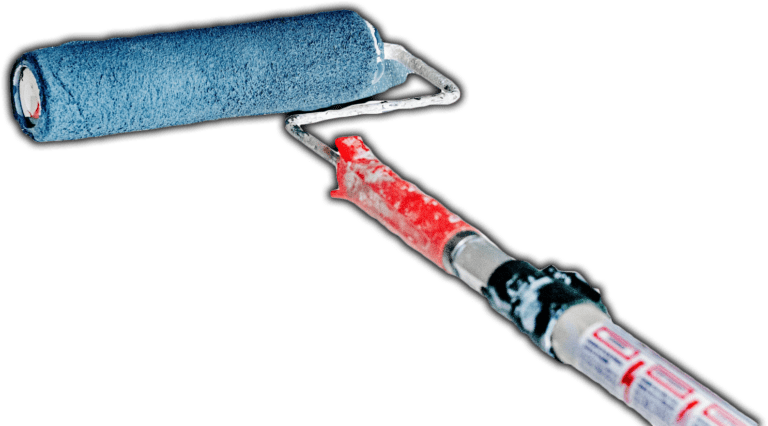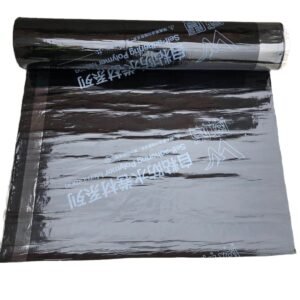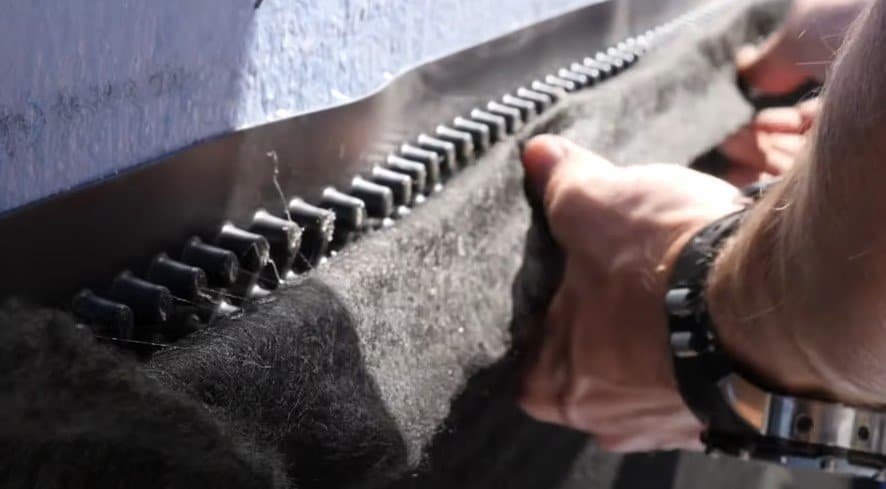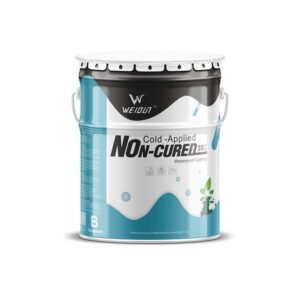
An effective waterproofing systems can protect not only the value of your home but also the health of your Family. In the United States, there are several methods for waterproofing a basement, including interior waterproofing and exterior waterproofing. In this article, we will compare these two methods and further discuss these methods in detail, giving some useful tips for better waterproofing your basement.
Before waterproofing your basement, it’s important to identify any existing signs of water damage. Some of the most common signs include:

The primary and most conspicuous dissimilarity is that exterior waterproofing, as the name implies, is primarily implemented from the outside of the basement. This necessitates significant excavation around the basement.
When Employing An Exterior WaterProofing System, A WaterProofing Membrane is Typically used to see the Wall Against Moisture from the Outside, and Water Is Direct I NTO a DRAIINAGE FIELD and SUMP SYSTEM to Expel Water Away from the Basement Walls. aging basement water.

However, an exterior drainage system is relatively costly and necessitates significant excavation around the entire foundation. For most residences, this entails removing and reinstalling shrubs, gardens, decks, steps, sidewalks, and other landscaping after the system has been installed .As a result , the high cost and major disruption associated with an exterior system often outweight the benefits for most homeowners.
You can easily buy the right waterproofing membrane down below:

Interior Waterproofing System is the Least Expensive Way to Waterproof A Basement. Some Homeowners Choose to Install a DRAINAGE CHANNEL Above the Concrete Slab In theirs. Basement is the simplest and Least Costly Type of Drainage System and May Be Effective for POURD Concrete Walls Walls Walls where cracking is the main point of entry for water.

However, this does not solve the problem in block walls because water will continue to pour into the block cores the water level cannot drop below the level of the slab. Meanwhile, there is still the potential for effect or mold and mildew on the walls themselves.
1. Using a drainage board to protect the waterproofing layer
When we use the self-adhesive waterproofing membrane to seal our basement walls, the water can find a way to get in there if it doesn’t have a way out so the ideal way to do this is to put a drain board up against the product Itself. it protects it from any rocks or anything that falls back whatever you’re using for your Backfill. A drain board keeps it safe and keeps that membrane protected in the long run.
2. Plan the right depth of the basement
Homes need to sit higher than the surrounding land. Even a one-foot difference in slope makes a huge difference. Planning the depth of the basement is important so the house sits higher than the surrounding land… Sloping the lawn, proper grading,, and even french drains need to be part of a home landscaping project. Make sure your builder/landscaper makes proper water control and drainage a priority.
Get the latest Waterproofing news, trusted tips, tricks, and DIY Smarts projects from our experts–straight to your inbox.
Apply the first coat by a brush or a roller. After first coat, wait 24 hours until it gets dry. Then apply second coat, which should be applied in a different direction to the first (ie diagonally). thickness of coat is 1.2mm .consumption rate for one square meter is 2kg.

You can easily buy the right Cementitious Waterproofing Coating down below:

This waterproof membrane can secure your roof from many things just like water getting in your roof and making your walls bad and weak and many more things.
After the coat is totally dry. You will need to have a flood test to find if there is a leaking issue. Flood test can be one inch or two inches depend on your specific situation. Once you see that water level went down then the waterproofing has a problem.

Note: Do NOT tile until the floor get fully cure. Depending on the climate, it takes up to 5 days.

